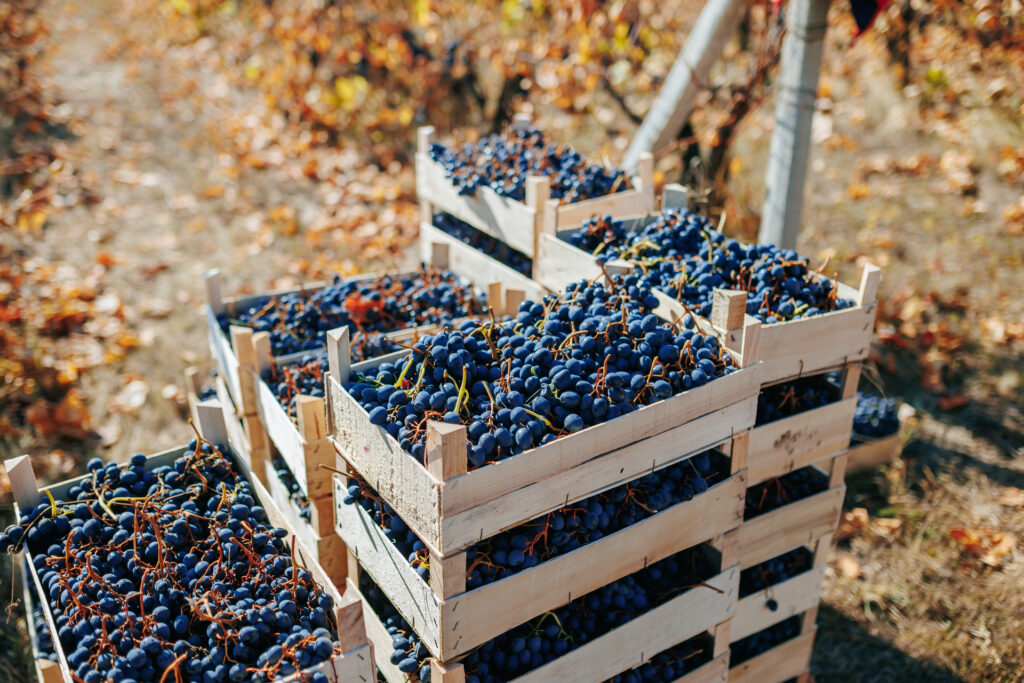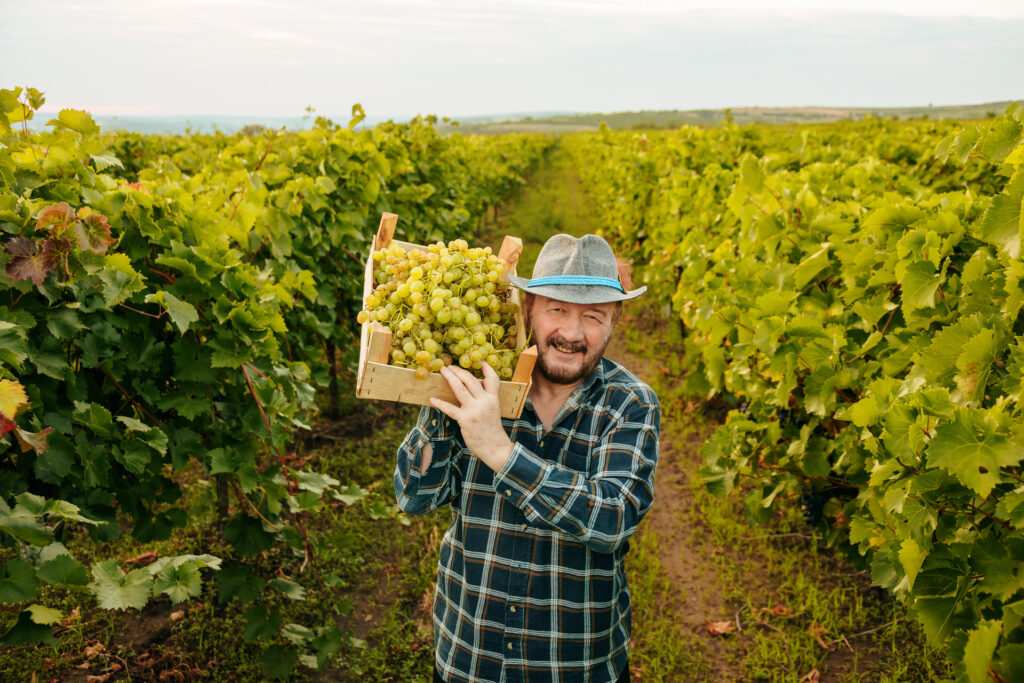Climate change is having a noticeable impact on winegrowing: increasingly frequent frosty nights in spring, which jeopardize the entire wine harvest, and weather events such as extreme precipitation, hail and heat waves are presenting winegrowers today with the major challenge of adapting to global warming and investing wisely and with foresight in the future.
The impact of global warming
Rising temperatures have profound effects on viticulture, which can have both positive and negative consequences.
New flavor profile
One of the most serious changes concerns the ripening process of the grapes. Higher temperatures cause the grapes to ripen faster, which leads to a higher sugar content and therefore a higher alcohol content in the wine. At the same time, the acidity decreases, which can make the taste less balanced. These changes in the way the grapes ripen create new and uncertain flavor profiles that raise the question of whether a Riesling will continue to taste like a Riesling in the future.
Threat to characteristic wine-growing regions
These possible changes in the typicity of the wines pose a threat to those regions in particular that are known for their specialization in certain varieties and taste profiles. Adaptation through more heat-robust and heat-loving grape varieties, as many winegrowers are already doing, is less easy for such winegrowing regions due to their specialization in very specific varieties.

In addition, the wine-growing regions of the south in particular are suffering from increasingly warmer winters and water shortages. Winegrowers there are also being forced to switch to more resilient grape varieties or to irrigate artificially and improve the soil. For these reasons, the cultivation areas of traditional varieties, which actually characterize the Mediterranean region, are moving further and further north. There is a danger that traditional southern cultivation areas will lose their varietal identity or even their suitability as wine-growing regions due to rising temperatures.
Beneficiaries of rising temperatures
However, rising temperatures not only bring challenges, but also opportunities for viticulture. Some regions, grape varieties and wine styles are even emerging as winners from climate change.
On the one hand, new wine-growing regions are opening up in areas that were previously too cool. Countries such as England, parts of Scandinavia and Canada could become major wine producers (and are already aiming high in this respect), as the climate there is now better suited to growing vines. Even in traditional wine-growing regions, higher altitudes that were previously considered too cool can be used to grow quality wines in the future.
There is a further advantage for heat-loving grape varieties. Varieties such as Grenache, Mourvèdre or Tempranillo, which originally come from warm climate zones, thrive in regions that were previously considered too cool for these varieties. These grape varieties deliver excellent results in new growing areas.

In some traditional wine-growing regions with cooler to temperate climates, the rise in temperature improves the quality of the wines. Regions such as parts of Germany, Austria or Alsace can produce optimally ripened grapes with a balanced sugar-acid ratio more regularly, resulting in high-quality wines. In addition, longer and warmer summers in these regions enable higher and more consistent yields.
Bottom line
Climate change poses significant challenges for viticulture, which could change the way wine is produced in many ways. In many places, traditional wine-growing regions are confronted with water stress, new pests and diseases as well as a shift in cultivation areas, which makes viticulture in these regions more difficult.
At the same time, however, opportunities are also opening up: new wine-growing regions are emerging in areas that were previously too cool, warmth-loving grape varieties are gaining in importance and the style of wines could change towards fuller, higher-alcohol varieties. In order to overcome these challenges and take advantage of the opportunities, winegrowers need to be flexible and innovative, for example by using adapted grape varieties, climate-appropriate cultivation methods and precise irrigation.
Overall, climate change requires the wine industry to adapt carefully and plan strategically in order to continue producing high-quality wines.
